
Given link, give the input signal;In the comparison link, the input signal and the feedback signal are received and compared, and the deviation value of the two is output. Amplification link, the weaker deviation signal amplification is used to drive the executive device. The execution link receives the signal output by the amplification device and drives the controlled object to move according to the required regularity.
It directly detects the actual position of moving parts. Theoretically speaking, the error, gap and loss of the entire drive and transmission links can be eliminated. It has high position control accuracy.
Stability: The stability of the open-loop control system is relatively easy to solve; while the introduction of feedback loops in the closed-loop system increases the complexity of the system.

The main components of the closed-loop control system are: given the link, the input signal is given; the comparison link, the input signal and the feedback signal are received and compared, and the deviation value of the two is output. Amplification link, the weaker deviation signal amplification is used to drive the executive device.
It does not have the ability to automatically correct deviations. The main characteristics of the closed-loop system are: (1) It has a corrective effect on errors;(2) It can have high requirements for accuracy. Their advantages and disadvantages are mainly compared from the following three aspects.
Features of the closed-loop control system: 1) The output of the system has a direct impact on the control function. 2) There is a feedback link, and the feedback is applied to reduce the error. 3) When interference occurs, its impact can be automatically reduced. 4) Low-precision components can form a high-precision system.
Compared with the open-loop system, the closed-loop system has outstanding advantages, including high accuracy, good dynamic performance, strong anti-interference ability, etc. Its disadvantages are that the structure is relatively complex, the price is relatively expensive, and the requirements for maintenance personnel are high.
Because the friction characteristics, rigidity and clearance of many mechanical transmission links in the position ring are nonlinear, it is easy to cause system instability, making the design, installation and debugging of the closed-loop system quite difficult.The system is mainly used for boring machines, ultra-fine lathes, ultra-fine grinding machines and large CNC machine tools with high accuracy requirements.
Open-loop system means that during the operation of the system, the impact of internal feedback signals is not considered. Usually, the open-loop system will be interfered or disturbed, resulting in the system output being inconsistent with the expected output. Open-loop systems are commonly used in some simple automation control systems, such as washing machines, coffee machines, etc.
Openloop control, also known as "open-loop control system", refers to a control system in which the input signal of the system is not affected by the output signal in a control system.That is to say, do not feedback the results of the control to affect the system of the current control.
Open-loop system refers to a system in which the output signal of the controller is not affected by the system status and feedback information, and is only controlled according to the input signal. The closed-loop system provides real-time feedback to the system output through sensors and other components, and the controller adjusts and controls according to the feedback signal.
[Answer]: The open-loop control system refers to a control system with only direct control and no feedback connection between the controller and the controlled object. That is, the manipulated variable affects the controlled variable through the controlled object, but the change of the controlled variable does not change the control effect through feedback.
1. Closed-loop control system(Oxygen sensor) is a system that can monitor the oxygen content in the engine exhaust pipe in real time and judge the air-fuel ratio of the mixed gas actually entering the cylinder. In this system, the oxygen sensor is installed on the exhaust pipe of the engine.
2. The closed-loop control system is a type of control system. The specific content refers to: sending part or all of the output of the control system back to the input terminal of the system through certain methods and devices, and then comparing the feedback information with the original input information, and then applying the comparison results to the system for control to avoid the system deviating from the predetermined goal.
3. Feedback is called a closed-loop control system. The difference (i.e. the deviation signal) after comparing the input and feedback signals is added to the controller, and then the output of the controlled object is adjusted to form a closed-loop control loop.Therefore, the closed-loop system is also known as the feedback control system, and this feedback is called negative feedback.
1. The open-loop system means that during the operation of the system, the influence of the internal feedback signal is not considered. Usually, the open-loop system will be interfered or disturbed, resulting in the system output being inconsistent with the expected output. Open-loop systems are commonly used in some simple automation control systems, such as washing machines, coffee machines, etc.
2. Open-loop control system: If there is no feedback loop between the output and input of the system, the output will not affect the control effect of the system, and the system becomes an open-loop control system. The original CNC machine tool feed system is an open-loop control system, which commands the computer control system and drives the stepper electric disassembly movement.
3. Openloop control, also known as "open-loop control system", refers to a control system in which the input signal of the system is not affected by the output signal. That is to say, do not feedback the results of the control to affect the system of the current control.
4. Open-loop system refers to a system in which the output signal of the controller is not affected by the system status and feedback information, and is only controlled according to the input signal. The closed-loop system provides real-time feedback to the system output through sensors and other components, and the controller adjusts and controls according to the feedback signal.
Closed-loop control refers to a control relationship in which the output of the controlled amount returns to the input of the control in a certain way and exerts a control effect on the input.Basic composition: sensor The sensor is used to measure the output variables of the controlled system and convert them into electrical signals or other forms of signals that can be processed by the control system.
The closed-loop control system (oxygen sensor) is a system that can monitor the oxygen content in the engine exhaust pipe in real time and judge the air-fuel ratio of the mixed gas actually entering the cylinder. In this system, the oxygen sensor is installed on the exhaust pipe of the engine.
Closed-loop control system is a type of control system. The specific content refers to: sending part or all of the output of the control system back to the input terminal of the system through certain methods and devices, and then comparing the feedback information with the original input information, and then applying the comparison results to the system for control to avoid the system deviating from the predetermined goal.
Open-loop control system: If the output of the system does not affect the control effect of the system (that is, there is no detection feedback unit), it is called an open-loop control system.
HS code harmonization in NAFTA region-APP, download it now, new users will receive a novice gift pack.
Given link, give the input signal;In the comparison link, the input signal and the feedback signal are received and compared, and the deviation value of the two is output. Amplification link, the weaker deviation signal amplification is used to drive the executive device. The execution link receives the signal output by the amplification device and drives the controlled object to move according to the required regularity.
It directly detects the actual position of moving parts. Theoretically speaking, the error, gap and loss of the entire drive and transmission links can be eliminated. It has high position control accuracy.
Stability: The stability of the open-loop control system is relatively easy to solve; while the introduction of feedback loops in the closed-loop system increases the complexity of the system.

The main components of the closed-loop control system are: given the link, the input signal is given; the comparison link, the input signal and the feedback signal are received and compared, and the deviation value of the two is output. Amplification link, the weaker deviation signal amplification is used to drive the executive device.
It does not have the ability to automatically correct deviations. The main characteristics of the closed-loop system are: (1) It has a corrective effect on errors;(2) It can have high requirements for accuracy. Their advantages and disadvantages are mainly compared from the following three aspects.
Features of the closed-loop control system: 1) The output of the system has a direct impact on the control function. 2) There is a feedback link, and the feedback is applied to reduce the error. 3) When interference occurs, its impact can be automatically reduced. 4) Low-precision components can form a high-precision system.
Compared with the open-loop system, the closed-loop system has outstanding advantages, including high accuracy, good dynamic performance, strong anti-interference ability, etc. Its disadvantages are that the structure is relatively complex, the price is relatively expensive, and the requirements for maintenance personnel are high.
Because the friction characteristics, rigidity and clearance of many mechanical transmission links in the position ring are nonlinear, it is easy to cause system instability, making the design, installation and debugging of the closed-loop system quite difficult.The system is mainly used for boring machines, ultra-fine lathes, ultra-fine grinding machines and large CNC machine tools with high accuracy requirements.
Open-loop system means that during the operation of the system, the impact of internal feedback signals is not considered. Usually, the open-loop system will be interfered or disturbed, resulting in the system output being inconsistent with the expected output. Open-loop systems are commonly used in some simple automation control systems, such as washing machines, coffee machines, etc.
Openloop control, also known as "open-loop control system", refers to a control system in which the input signal of the system is not affected by the output signal in a control system.That is to say, do not feedback the results of the control to affect the system of the current control.
Open-loop system refers to a system in which the output signal of the controller is not affected by the system status and feedback information, and is only controlled according to the input signal. The closed-loop system provides real-time feedback to the system output through sensors and other components, and the controller adjusts and controls according to the feedback signal.
[Answer]: The open-loop control system refers to a control system with only direct control and no feedback connection between the controller and the controlled object. That is, the manipulated variable affects the controlled variable through the controlled object, but the change of the controlled variable does not change the control effect through feedback.
1. Closed-loop control system(Oxygen sensor) is a system that can monitor the oxygen content in the engine exhaust pipe in real time and judge the air-fuel ratio of the mixed gas actually entering the cylinder. In this system, the oxygen sensor is installed on the exhaust pipe of the engine.
2. The closed-loop control system is a type of control system. The specific content refers to: sending part or all of the output of the control system back to the input terminal of the system through certain methods and devices, and then comparing the feedback information with the original input information, and then applying the comparison results to the system for control to avoid the system deviating from the predetermined goal.
3. Feedback is called a closed-loop control system. The difference (i.e. the deviation signal) after comparing the input and feedback signals is added to the controller, and then the output of the controlled object is adjusted to form a closed-loop control loop.Therefore, the closed-loop system is also known as the feedback control system, and this feedback is called negative feedback.
1. The open-loop system means that during the operation of the system, the influence of the internal feedback signal is not considered. Usually, the open-loop system will be interfered or disturbed, resulting in the system output being inconsistent with the expected output. Open-loop systems are commonly used in some simple automation control systems, such as washing machines, coffee machines, etc.
2. Open-loop control system: If there is no feedback loop between the output and input of the system, the output will not affect the control effect of the system, and the system becomes an open-loop control system. The original CNC machine tool feed system is an open-loop control system, which commands the computer control system and drives the stepper electric disassembly movement.
3. Openloop control, also known as "open-loop control system", refers to a control system in which the input signal of the system is not affected by the output signal. That is to say, do not feedback the results of the control to affect the system of the current control.
4. Open-loop system refers to a system in which the output signal of the controller is not affected by the system status and feedback information, and is only controlled according to the input signal. The closed-loop system provides real-time feedback to the system output through sensors and other components, and the controller adjusts and controls according to the feedback signal.
Closed-loop control refers to a control relationship in which the output of the controlled amount returns to the input of the control in a certain way and exerts a control effect on the input.Basic composition: sensor The sensor is used to measure the output variables of the controlled system and convert them into electrical signals or other forms of signals that can be processed by the control system.
The closed-loop control system (oxygen sensor) is a system that can monitor the oxygen content in the engine exhaust pipe in real time and judge the air-fuel ratio of the mixed gas actually entering the cylinder. In this system, the oxygen sensor is installed on the exhaust pipe of the engine.
Closed-loop control system is a type of control system. The specific content refers to: sending part or all of the output of the control system back to the input terminal of the system through certain methods and devices, and then comparing the feedback information with the original input information, and then applying the comparison results to the system for control to avoid the system deviating from the predetermined goal.
Open-loop control system: If the output of the system does not affect the control effect of the system (that is, there is no detection feedback unit), it is called an open-loop control system.
How to reduce documentation errors
author: 2024-12-24 01:49HS code-based customs broker selection
author: 2024-12-24 01:00Dairy products HS code verification
author: 2024-12-24 00:24HS code utilization for tariff refunds
author: 2024-12-24 00:10Predictive trade data modeling
author: 2024-12-23 23:47HS code-based cost modeling for imports
author: 2024-12-24 02:15Leveraging global trade statistics
author: 2024-12-24 02:03HS code-based predictive analytics
author: 2024-12-24 00:37Import data by HS code and country
author: 2024-12-24 00:22Trade data-driven portfolio management
author: 2024-12-23 23:56 Exotic wood imports HS code references
Exotic wood imports HS code references
164.19MB
Check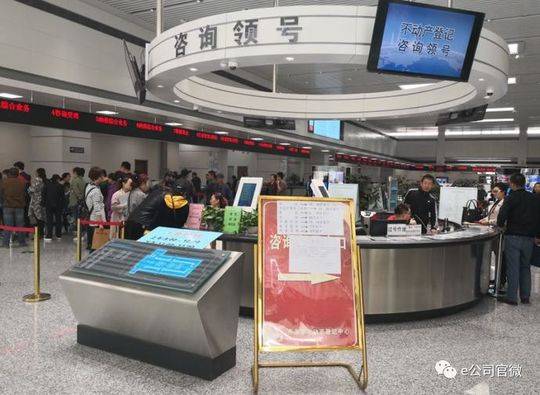 Processed seafood HS code references
Processed seafood HS code references
416.25MB
Check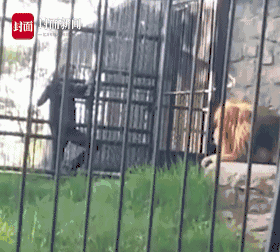 HS code-driven supply chain benchmarking
HS code-driven supply chain benchmarking
546.88MB
Check How to forecast seasonal import demands
How to forecast seasonal import demands
375.89MB
Check Comparing trade data providers
Comparing trade data providers
664.11MB
Check HS code-based compliance in Asia-Pacific
HS code-based compliance in Asia-Pacific
326.76MB
Check Country trade missions and HS code references
Country trade missions and HS code references
576.45MB
Check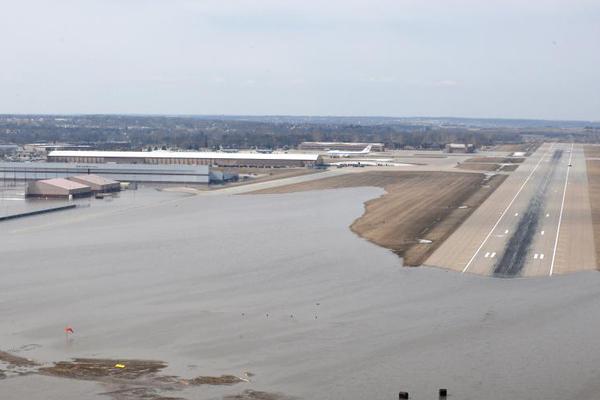 HS code filtering for import risk
HS code filtering for import risk
731.98MB
Check How to track competitor import export data
How to track competitor import export data
965.36MB
Check Trade data for market entry strategies
Trade data for market entry strategies
532.72MB
Check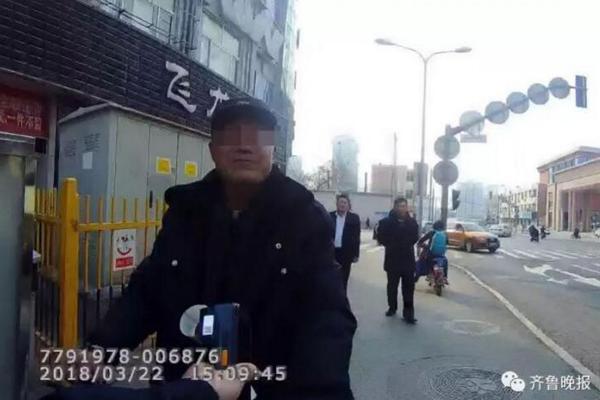 Global trade certificate verification
Global trade certificate verification
871.19MB
Check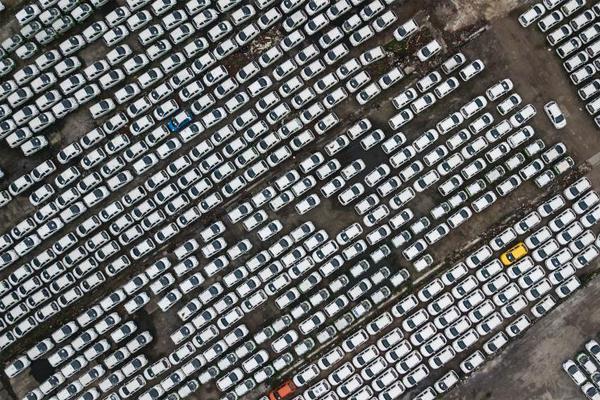 How to analyze trade seasonality
How to analyze trade seasonality
252.18MB
Check Global trade finance compliance checks
Global trade finance compliance checks
182.85MB
Check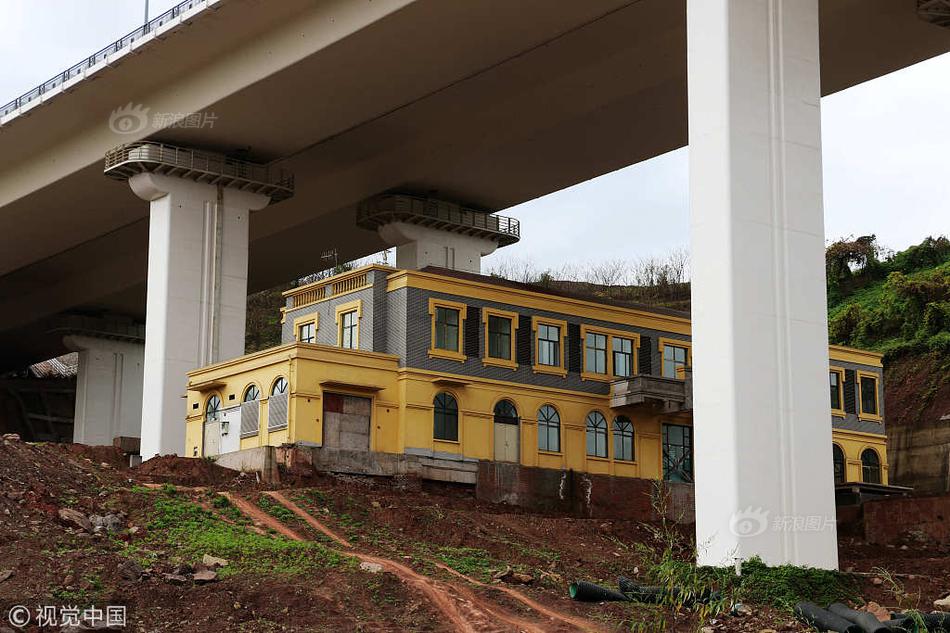 APAC trade flows by HS code
APAC trade flows by HS code
198.29MB
Check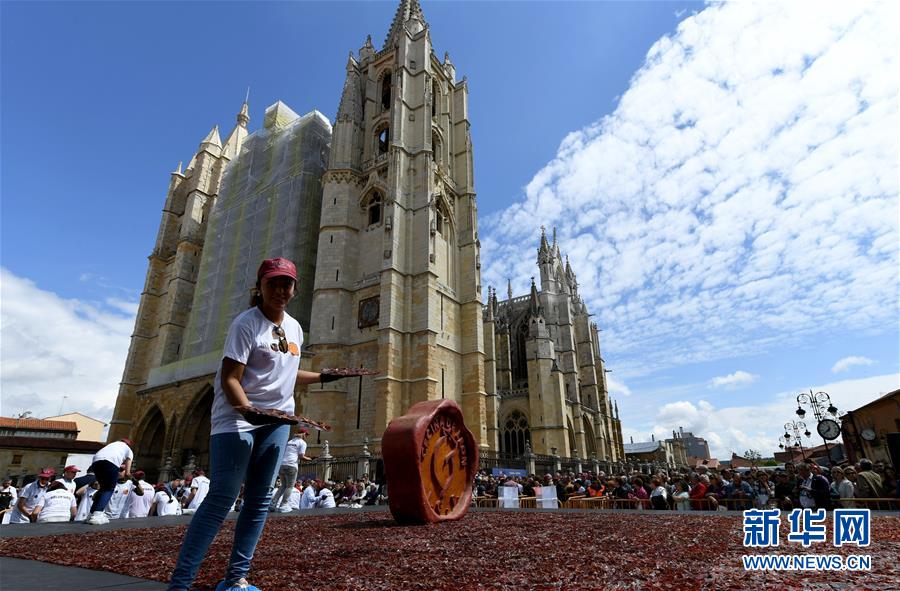 Real-time importer exporter listings
Real-time importer exporter listings
916.26MB
Check Global trade event monitoring
Global trade event monitoring
139.18MB
Check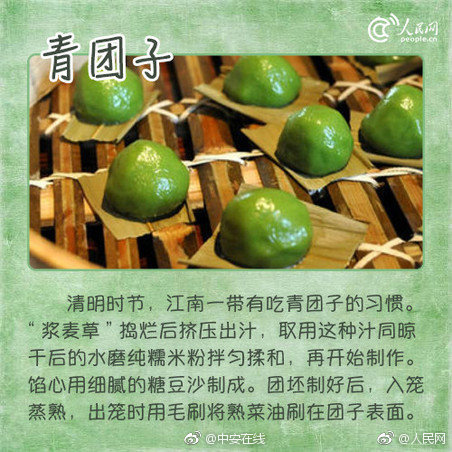 Food industry HS code classification
Food industry HS code classification
467.61MB
Check HS code utilization in trade feasibility studies
HS code utilization in trade feasibility studies
729.62MB
Check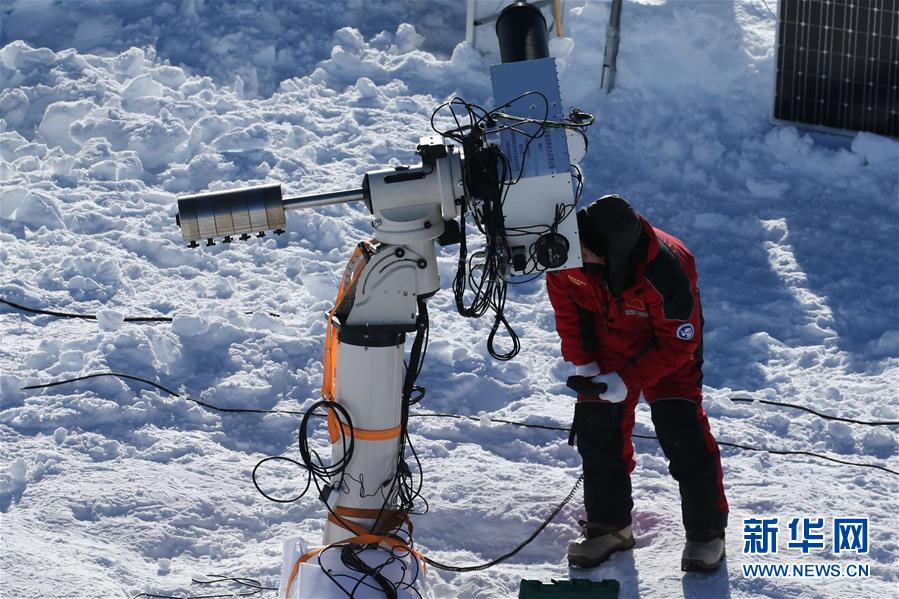 International supply chain dashboards
International supply chain dashboards
846.43MB
Check Global HS code repository access
Global HS code repository access
579.24MB
Check HS code-based negotiation with customs
HS code-based negotiation with customs
361.94MB
Check How to reduce documentation errors
How to reduce documentation errors
244.79MB
Check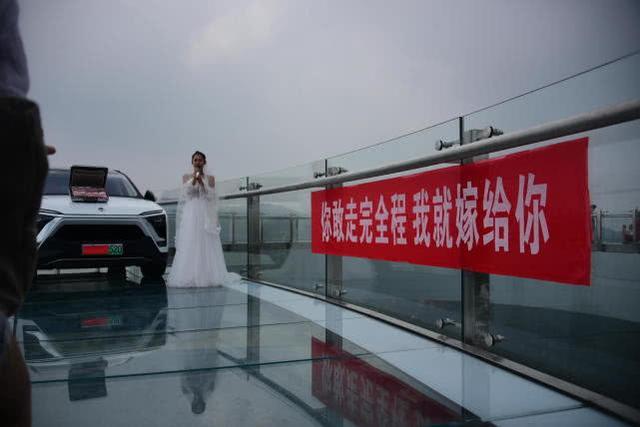 Top trade data APIs for developers
Top trade data APIs for developers
882.58MB
Check Trade data solutions for retail
Trade data solutions for retail
887.82MB
Check import export database
import export database
292.58MB
Check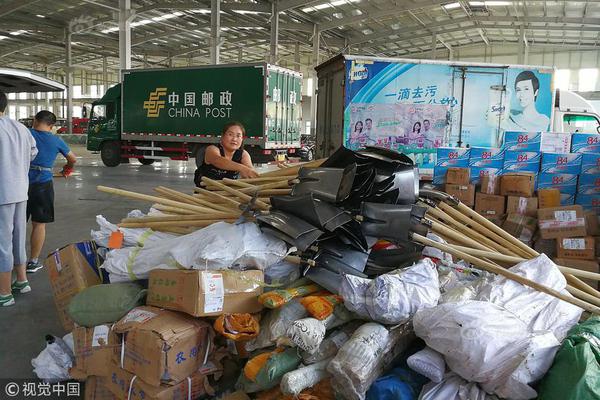 HS code lookup for global trade
HS code lookup for global trade
271.51MB
Check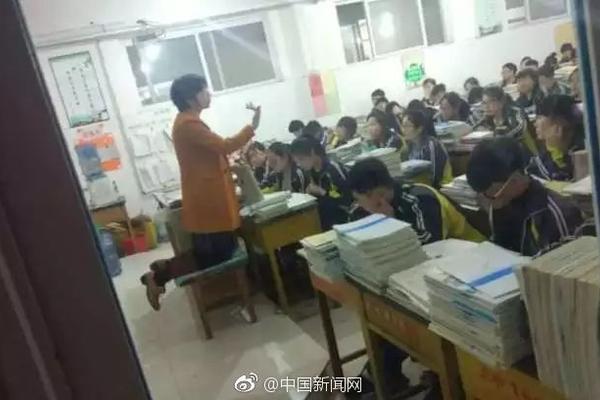 Pharma finished goods HS code references
Pharma finished goods HS code references
424.71MB
Check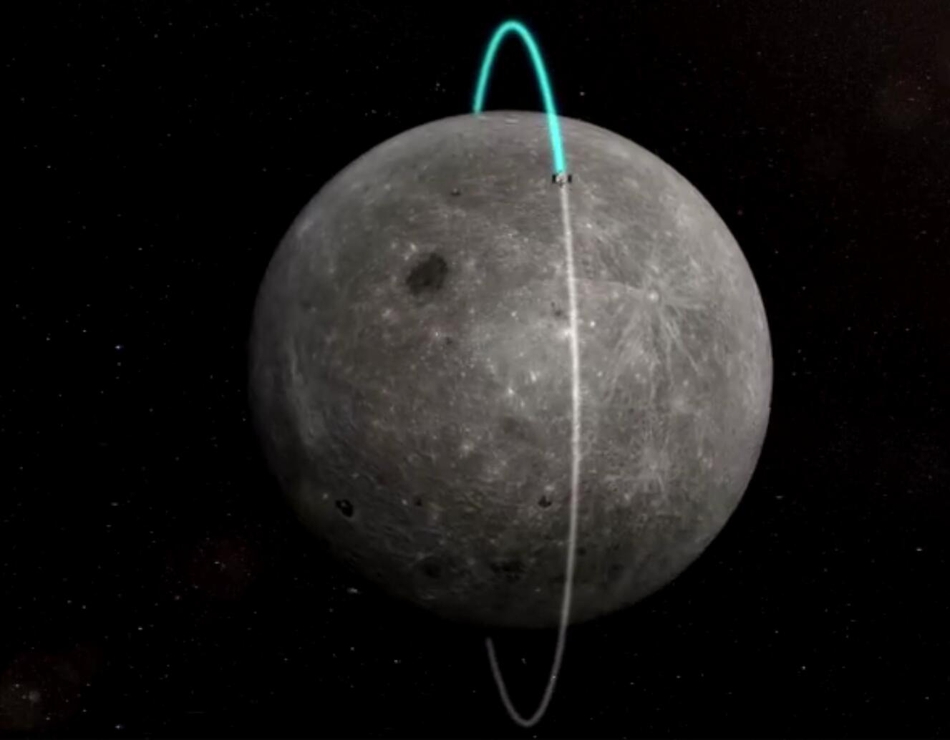 Customs broker performance analysis
Customs broker performance analysis
577.65MB
Check HS code-based container load planning
HS code-based container load planning
534.38MB
Check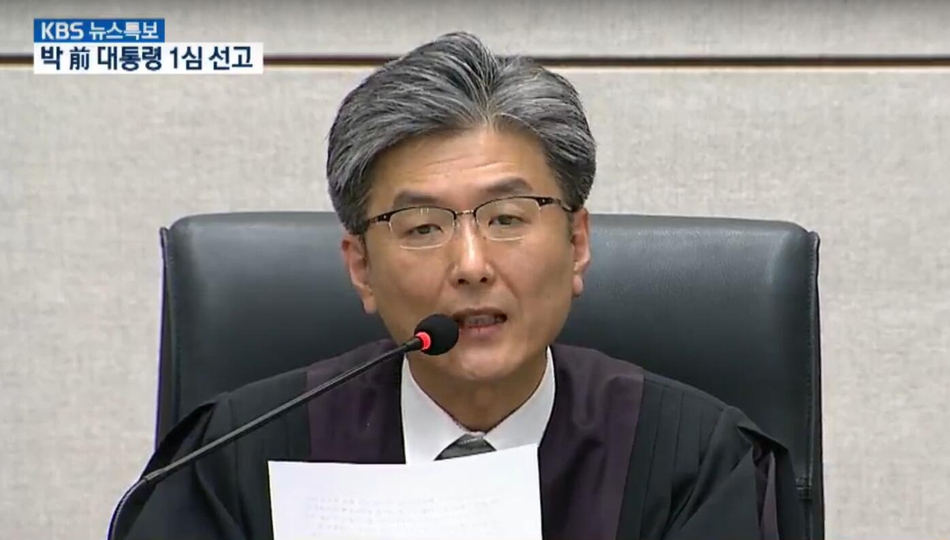 How to identify emerging supply hubsHolistic trade environment mapping
How to identify emerging supply hubsHolistic trade environment mapping
162.41MB
Check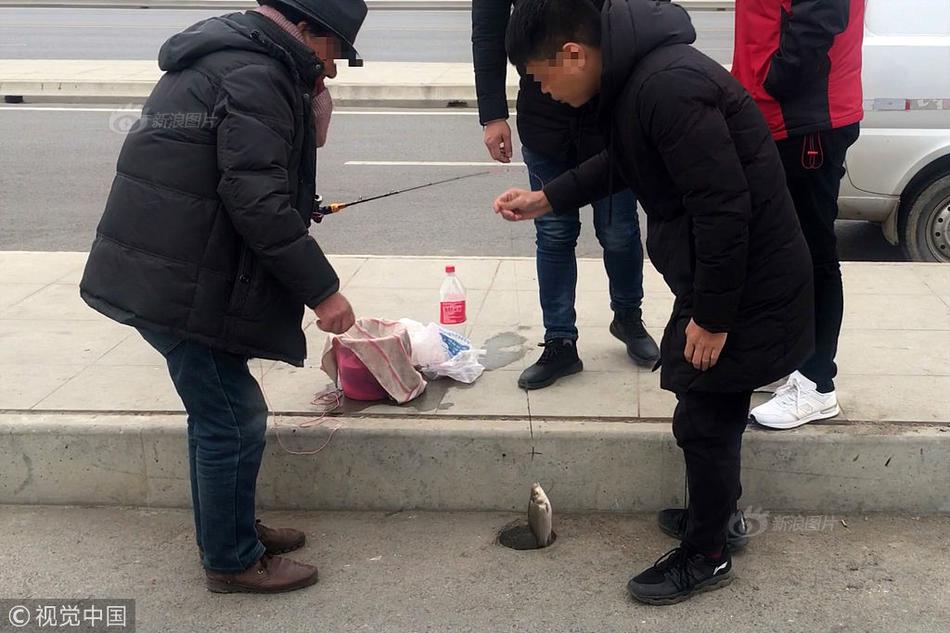 Comparative trade route analysis
Comparative trade route analysis
316.81MB
Check HS code-based anti-dumping analysis
HS code-based anti-dumping analysis
558.39MB
Check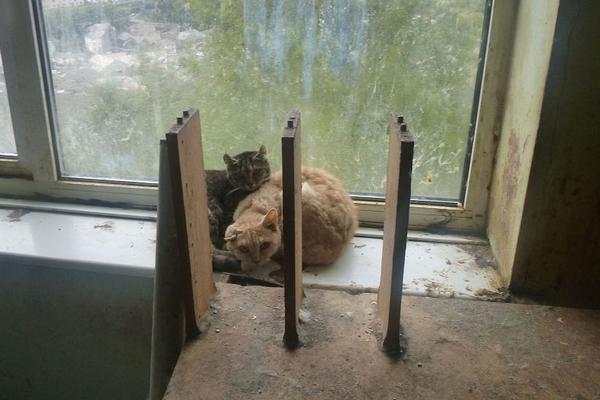 Organic textiles HS code verification
Organic textiles HS code verification
755.56MB
Check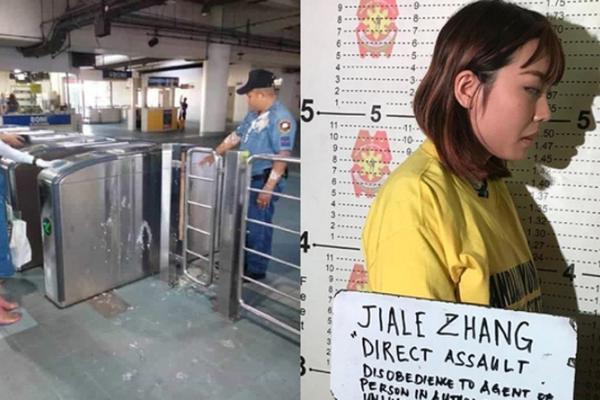 Granular trade data by HS code subdivision
Granular trade data by HS code subdivision
316.46MB
Check Real-time supply-demand matching
Real-time supply-demand matching
768.51MB
Check Global trade metadata enrichment
Global trade metadata enrichment
579.24MB
Check
Scan to install
HS code harmonization in NAFTA region to discover more
Netizen comments More
1356 HS code-based predictive analytics
2024-12-24 01:14 recommend
470 HS code utilization for tariff refunds
2024-12-24 00:44 recommend
2699 End-to-end global supply chain solutions
2024-12-24 00:43 recommend
2839 How to benchmark HS code usage
2024-12-24 00:32 recommend
2416 HS code-based tariff calculations
2024-12-24 00:31 recommend